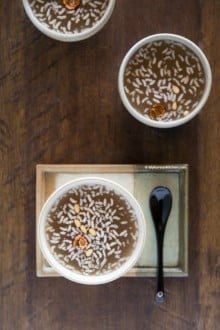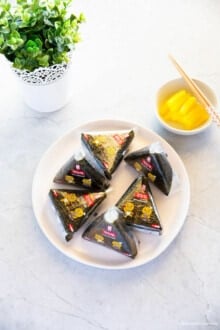Are you pregnant and concerned about eating certain Korean food? Then read on!
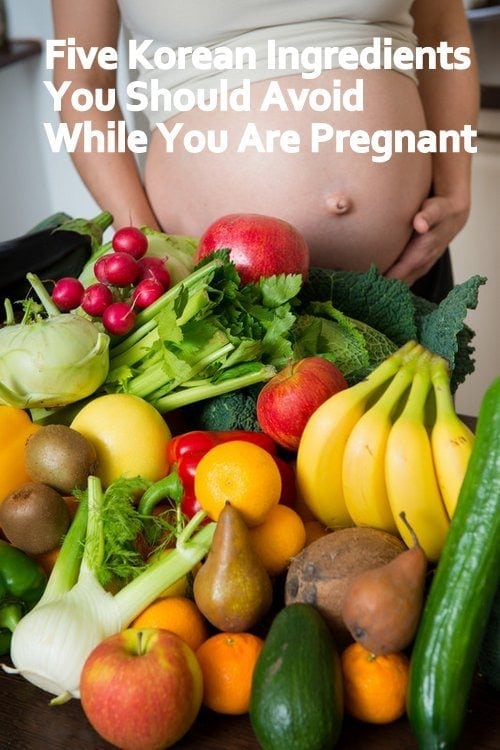
(Image credit – canstockphoto.com used with licence)
First of all, I want you to understand that this article is not intended for medical, health or dietary advice. Nor is it extensively researched to give you any new findings. It merely serves as a discussion point based on my brief internet search where I noticed the below ingredients tend to get mentioned repeatedly in Korean media outlets. If you’re really concerned about what you can eat or should avoid, you should seek appropriate professional advice.
Initially I wrote this article back in 2013 when I was first pregnant with my daughter. As an expecting mother I too was very nervous and apprehensive about whether I was eating as best as I could.
At my first obstetrician visit (at around 8 weeks pregnancy), I was handed a pregnancy information pack. It included what to expect in the coming months and types of exercise that are good for a pregnant women etc. Among these, one of the papers listed food that should be avoided by a pregnant woman.
As I was going through the list, there was a couple of ‘whaaat!?’ moments. Just to name a few, it said I can’t have smoked salmon, ham, salami, sushi, soft cheese (e.g. brie) etc. Oh no! They are all my favorite foods!
In fact, without knowing, I had been eating those foods until that moment. Then I started to worry. Is my baby going to be OK!?
After reading that paper, I watched very carefully what I ate. Then it crossed my mind, what about Korean food? I eat Korean food more frequently than anything else. What Korean food can I eat and what should I avoid? So I did some quick internet searches of Korean language media articles and compiled a list of ‘Korean food you should avoid while you are pregnant’ to bring up some discussion with you.
Disclaimer – I want to make it clear again that this article is not intended for medical, health or dietary advice. Please seek appropriate professional advice if you have any concerns or questions about your pregnancy.
1. Job’s Tears (Korean name – Yulmu, 율무)
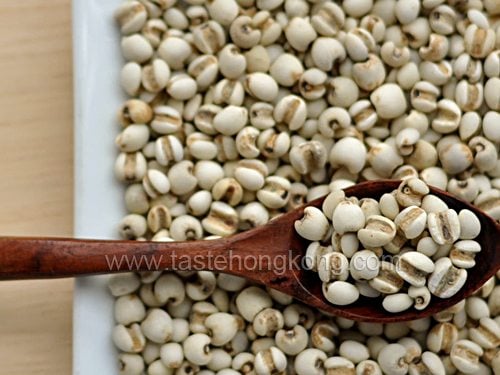
(Image from tastehongkong.com)
A most common way to intake Job’s tears (also known as Adlay) in Korea is via multi-grain rice (Japgokbap, 잡곡밥) and Job’s tears tea (Yulmu-Cha, 율무차).
Job’s tears are known to burn water and fat that is required for a baby’s growth. It also increases the risk of premature birth as it releases amniotic fluids and apparently it can cause constipation as well.
On the other hand, Job’s tears are known to be beneficial after giving birth as it discharges unnecessary fluids from the body and helps reduce swelling.
2. Mung Beans (Korean name – Nokdu, 녹두)
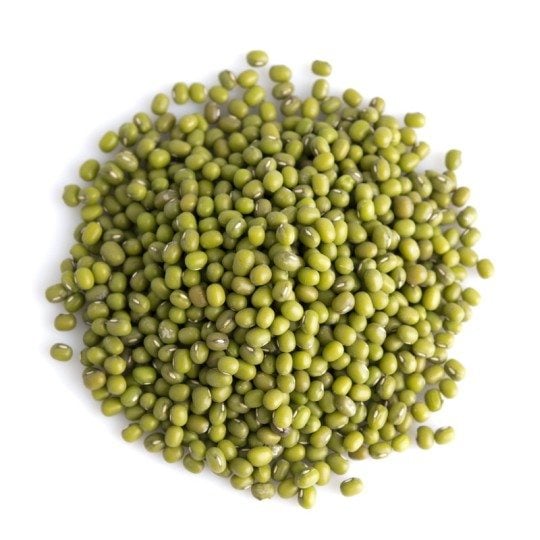
(Photo credit – canstockphoto.com used with licence)
Mung beans are mainly used in Mung bean pancake (Bindaetteok, 빈대떡) and Mung bean sprout salad (Sukju Namul, 숙주나물) in Korean cuisine.
Mung bean has a cold characteristic (in food yin and yang) and hinders digestion.
Mung beans are also known to burn the fetus’s fat and if consumed in large quantities it can cause a miscarriage.
3. Red Beans (Korean name – Pat, 팥)
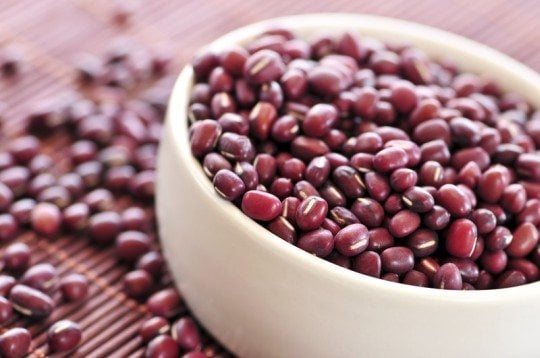
(Photo credit – canstockphoto.com used with licence)
Red beans (also known as Adzuki beans) are commonly consumed in a form of Red bean posrridge (Patjuk, 팥죽), Korean shaved ice desert (Patbingsu, 팥빙수), Korean Glutinous Rice Ball Doughnuts (Chapssal Donuts, 찹쌀도넛) and Half-moon shaped rice cakes (Songpyeon, 송편).
While red beans make the whole body’s hormones active, it can cause oxytocin activity due to the hormone hyper-secretion.
4. Ginger (Korean name – Saenggang, 생강)

(Photo credit – canstockphoto.com used with licence)
I frequently use small doses of ginger when cooking meat. Relatively large volumes of ginger are used in Korean ginger tea (Saenggang cha, 생강차) and Korean cinnamon punch (Sujeonggwa, 수정과).
While ginger is known to improve morning sickness in the early stage of pregnancy, eating too much ginger can cause atopic dermatitis to the fetus due to the spicy characteristic.
5. Barley Malt Powder (Yeotgireum Garu, 엿기름 가루)
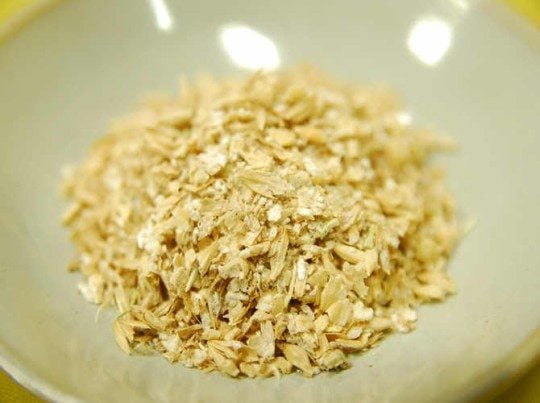
(image from cookcooktv.com)
Barley malt powder is most commonly used in sweet rice drink (Korean name – sikhye, 식혜). It is known to dry breast milk if consumed, so many Korean women drink sikhye when they want to stop breastfeeding but not so much before.
Closing Remarks
So, how accurate and trustworthy is the above information? Well, I don’t know. The judgement should be yours, your health and medical professional’s to bear. I listed two reference materials below, which you can read if you like. (Just FYI, they are written in Korean.)
There were many other websites and group discussion forums that listed pretty much the same ingredients as above, however I didn’t want to list them all in the below reference section to avoid crowding the space.
Have you had any of the above foods while you’re pregnant? Do you think you will still have them after reading this post? Why not share your experience and plans with your fellow Korean food lovers!
Reference (written in Korean)
임신부 금기 음식의 속사정 : 맘 & 앙팡. 2013. 임신부 금기 음식의 속사정 : 맘 & 앙팡 매거진. [ONLINE] Available at: https://m.post.naver.com/viewer/postView.nhn?volumeNo=8402797&memberNo=7821584 [Accessed 05 July 2013].
파인애플은 먹으면 절대 안 된다? 임산부가 조심해야할 음식: Chosun.com 홈 & 리빙. [ONLINE] Available at: http://danmee.chosun.com/site/data/html_dir/2017/01/20/2017012001946.html [Accessed 14 March 2021].

